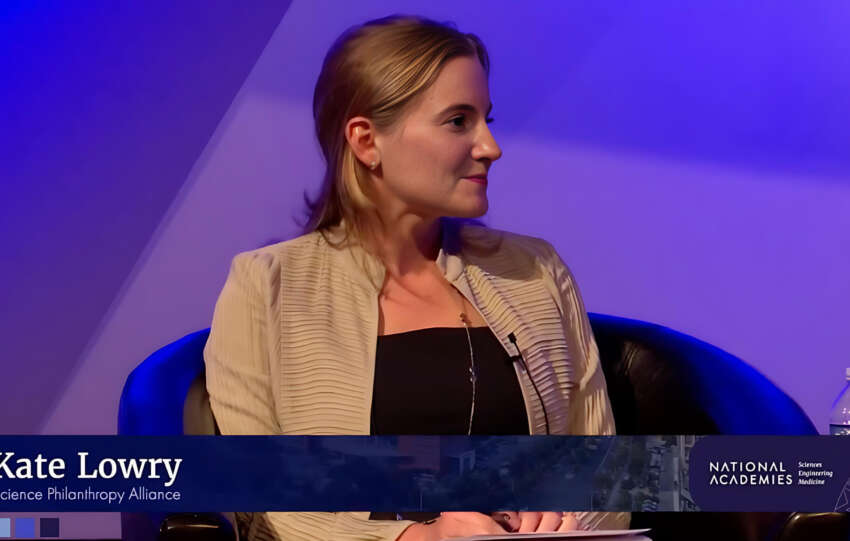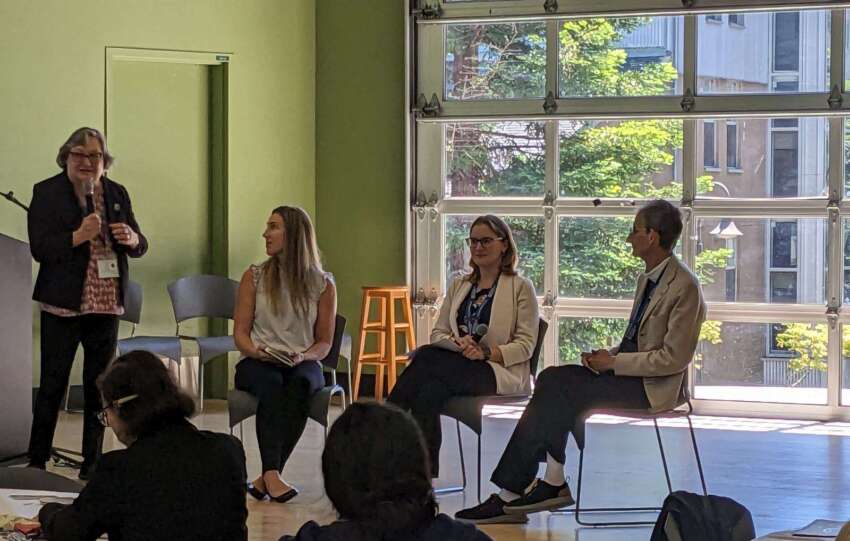Science Philanthropy Alliance President Dr. France A. Córdova and Associate Advisor Dr. Daren Ginete recently co-authored a post for the STEMM Opportunity Alliance (SOA) Blog about the vital role science philanthropy plays in building a STEMM ecosystem rooted in equity. Dr. Córdova (who is also a SOA Advisory Council Member) and Dr. Ginete’s post outlines…




